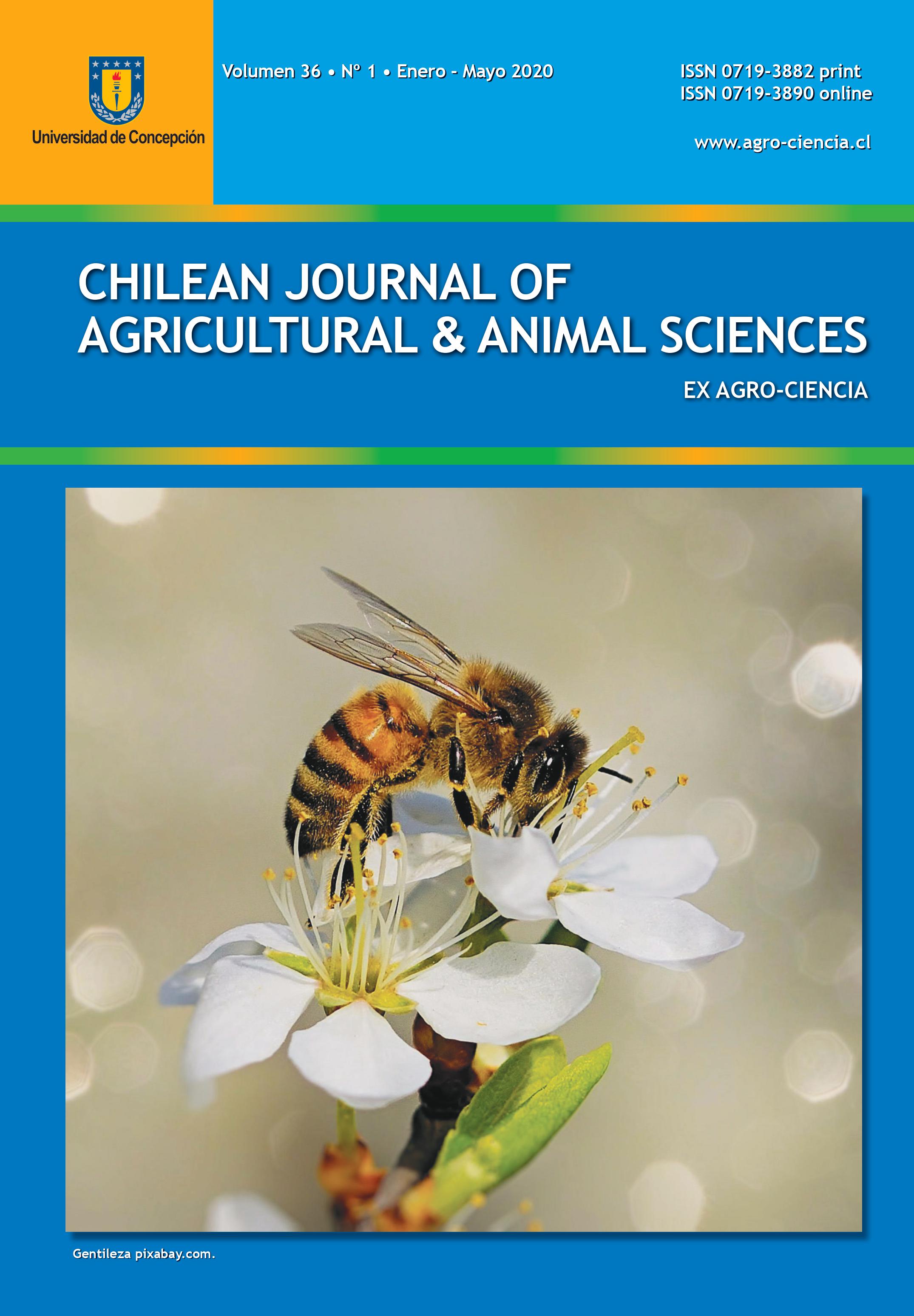GENETIC DIVERSITY ASSESSED BY PEDIGREE ANALYSIS IN THE BLANCO OREJINEGRO (BON) CATTLE BREED POPULATION FROM THE COLOMBIAN GERMPLASM BANK
Abstract
Key words: Blanco Orejinegro, BON, Creole cattle, effective population size, genealogy, generational interval, inbreeding, Colombia.
Downloads
Download data is not yet available.
Published
2020-05-25
How to Cite
Ocampo Gallego, R., Ramírez Toro, J., Lopera Peña, J., Restrepo Castañeda, G., & Gallego Gil, J. (2020). GENETIC DIVERSITY ASSESSED BY PEDIGREE ANALYSIS IN THE BLANCO OREJINEGRO (BON) CATTLE BREED POPULATION FROM THE COLOMBIAN GERMPLASM BANK. Chilean Journal of Agricultural & Animal Sciences , 36(1), 69-77. Retrieved from https://revistas.udec.cl/index.php/chjaas/article/view/1958
Issue
Section
Investigaciones

This work is licensed under a Creative Commons Attribution 4.0 International License.







